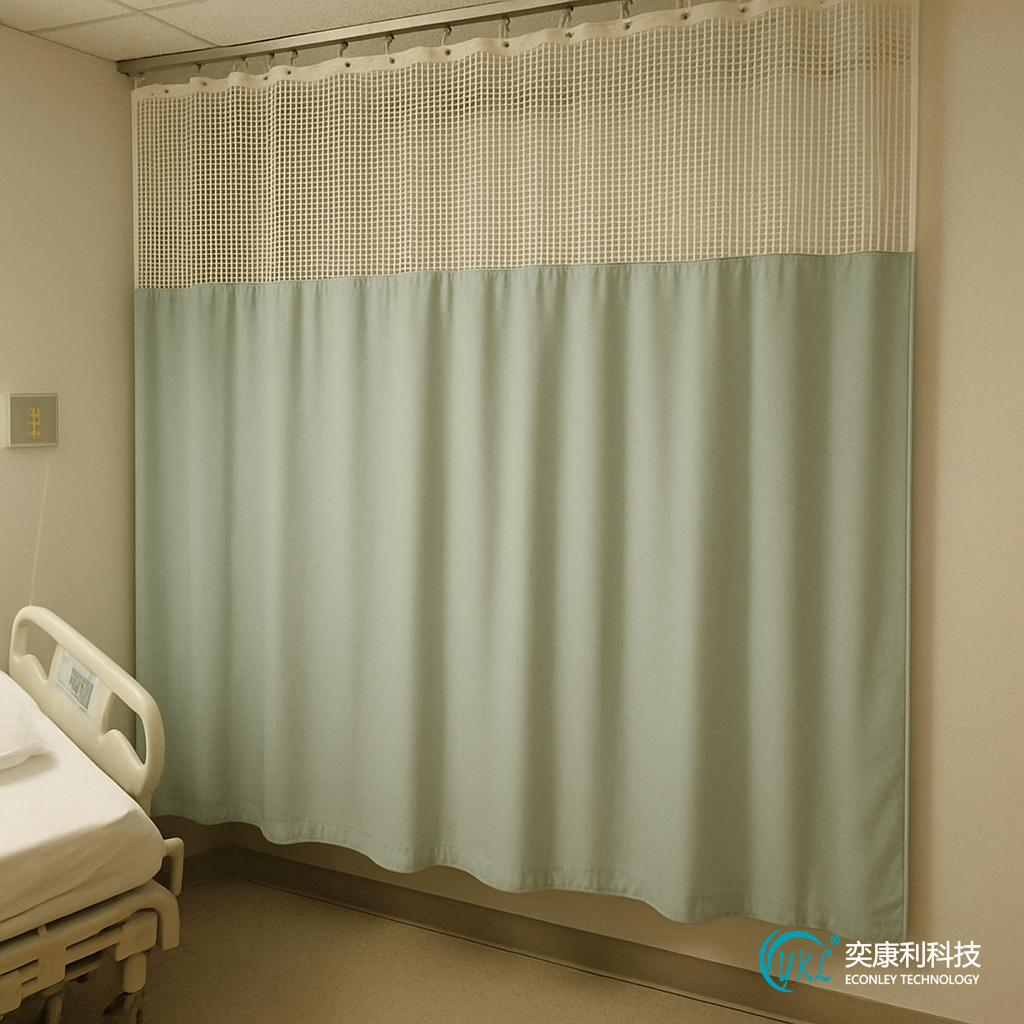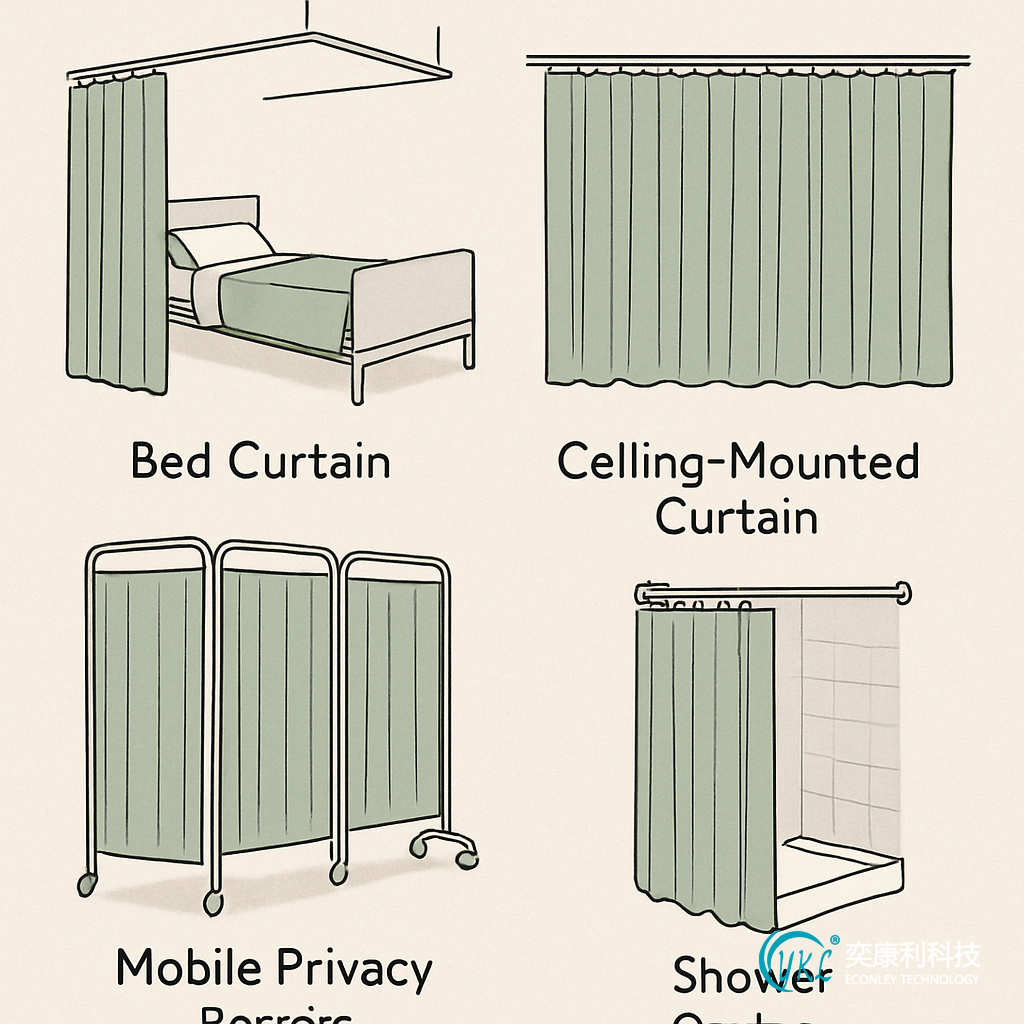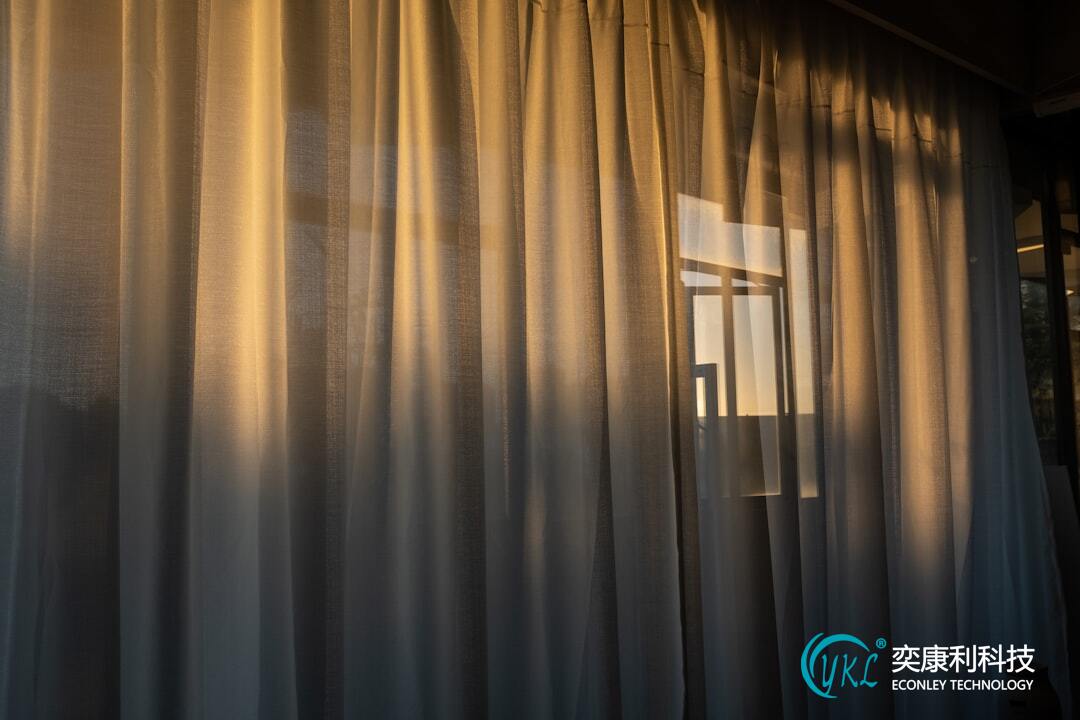 Service Hotline:13510328459
Service Hotline:13510328459
 205-206, 2nd Floor, Building 2, Xiazao Village Industrial Zone, Gaofeng Community, Dalang Street, Longhua District, Shenzhen City
205-206, 2nd Floor, Building 2, Xiazao Village Industrial Zone, Gaofeng Community, Dalang Street, Longhua District, Shenzhen City
 Service Hotline:13510328459
Service Hotline:13510328459
 205-206, 2nd Floor, Building 2, Xiazao Village Industrial Zone, Gaofeng Community, Dalang Street, Longhua District, Shenzhen City
205-206, 2nd Floor, Building 2, Xiazao Village Industrial Zone, Gaofeng Community, Dalang Street, Longhua District, Shenzhen City
Time:2025-10-15 Preview:
In the healthcare environment, every detail matters, from the equipment used to the ambiance created. Among the often-overlooked elements that play a crucial role in this setting are hospital curtains. While they may seem mundane, these curtains provide much more than just privacy. They are integral to the operation of small hospitals, contributing to hygiene, patient comfort, and efficient space management. In this article, we delve into the significance of small hospital curtains, exploring their benefits and considerations for selection.
One of the primary functions of medical curtains is to offer privacy to patients. In a small hospital setting, where space is often limited, maintaining patient dignity becomes challenging. Curtains are a simple yet effective solution, allowing medical staff to perform examinations and treatments without exposing patients unnecessarily. This privacy helps patients feel more comfortable and respected during their hospital stay.
Infection control is a top priority in any medical environment, and small hospital curtains play a pivotal role in this area. These curtains act as barriers, preventing the spread of infections between patients. Made from antibacterial and easily washable materials, they contribute to maintaining a sterile environment. Regular cleaning and maintenance of curtains can significantly reduce the risk of hospital-acquired infections, safeguarding both patients and staff.

Disposable curtains are becoming increasingly popular in healthcare settings, particularly in small hospitals. These curtains are designed for single use, reducing the risk of cross-contamination. They are cost-effective and easy to replace, making them an ideal choice for facilities prioritizing hygiene.
While reusable curtains are less expensive over time, they require regular laundering. These curtains are often made from durable fabrics that can withstand multiple washes. They provide a more environmentally friendly option and can be tailored to fit the aesthetic needs of the hospital.
Cubicle curtains are the most common type used in hospitals. They are designed to enclose patient areas, providing privacy and separation. These curtains often feature mesh tops to allow light and air circulation while maintaining privacy.

When selecting medical curtains, the material plays a crucial role. Curtains should be made from flame-retardant, antibacterial, and durable materials. They must withstand frequent cleaning and exposure to disinfectants without degrading.
In a busy hospital environment, ease of maintenance is essential. Curtains should be easy to remove, clean, and reinstall. Choosing materials that resist staining and are machine washable can streamline the cleaning process.
Small hospitals often have unique space requirements and design considerations. Customizable curtains allow hospitals to meet these specific needs. From size adjustments to color choices, customization can enhance the overall aesthetic of the hospital, creating a welcoming environment for patients and staff.
While ensuring quality and functionality, cost remains a significant factor. Balancing cost-effectiveness with durability and ease of maintenance can optimize curtain selection for small hospitals working within budget constraints.

Proper installation is vital for maximizing the effectiveness of hospital curtains. Ensure that curtains are hung at the correct height and are easy to open and close. The track system should be smooth and durable, allowing for effortless movement.
Implementing a regular cleaning schedule is crucial for maintaining hygiene standards. Curtains should be cleaned according to the manufacturer's instructions to ensure their longevity and effectiveness. Regular inspections can help identify any wear and tear, allowing for timely replacements.
Ensuring that hospital staff understands the importance of curtain maintenance is essential. Training staff on the proper handling, cleaning, and replacement procedures can enhance the overall effectiveness of the curtains in maintaining a sterile environment.
As technology advances, the future of hospital curtains looks promising. Innovations such as antimicrobial fabrics and smart curtains integrated with sensors are on the horizon. These developments aim to further enhance hygiene and patient comfort, setting new standards in healthcare environments.
Small hospital curtains are more than just fabric dividers; they are vital components of the healthcare setting. By providing privacy, supporting infection control, and enhancing the aesthetic environment, these curtains contribute significantly to patient care. Choosing the right type and maintaining them properly ensures that small hospitals can deliver the best possible care to their patients while maintaining a clean and efficient environment.
In conclusion, understanding the role and importance of small hospital curtains allows healthcare providers to make informed decisions, ultimately leading to improved patient outcomes and satisfaction. By investing in quality curtains and adhering to proper maintenance practices, small hospitals can ensure a safe and comfortable environment for everyone involved.
